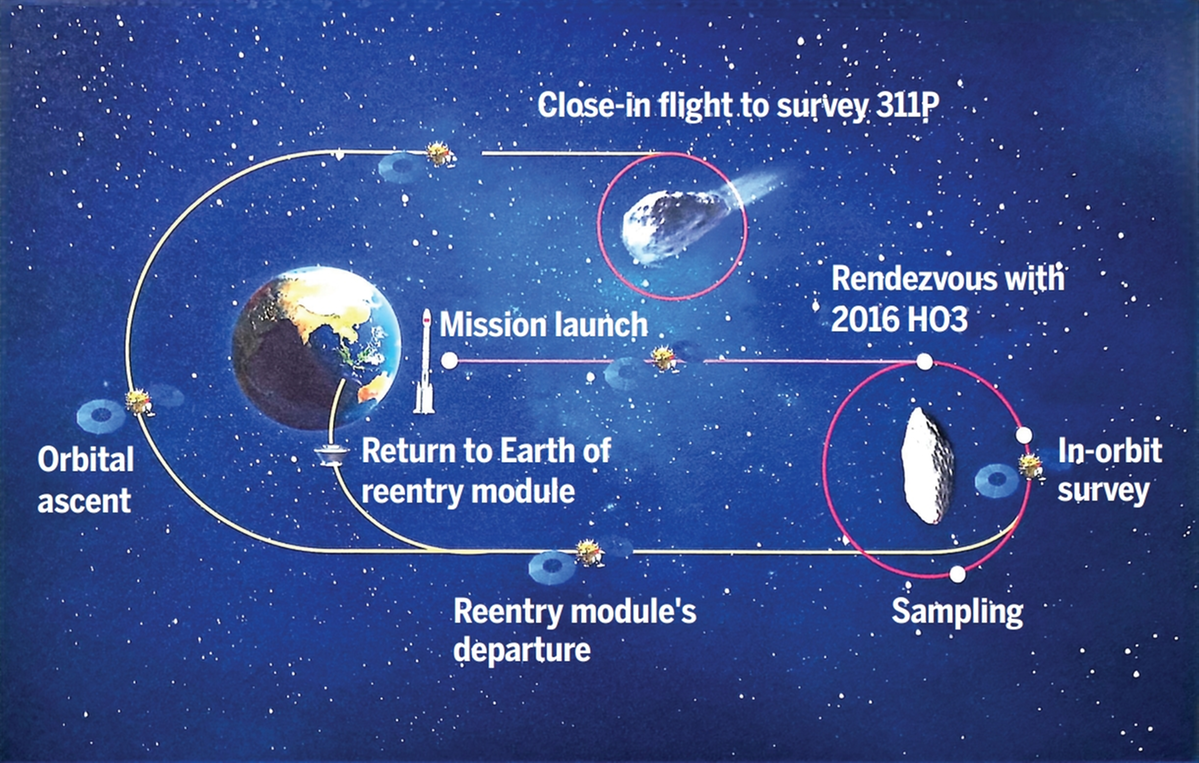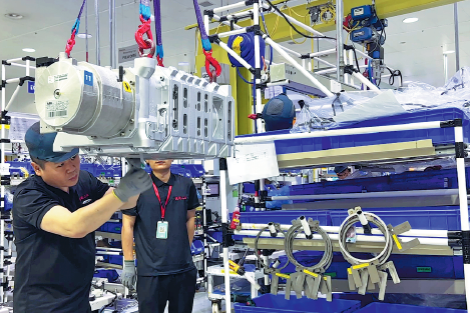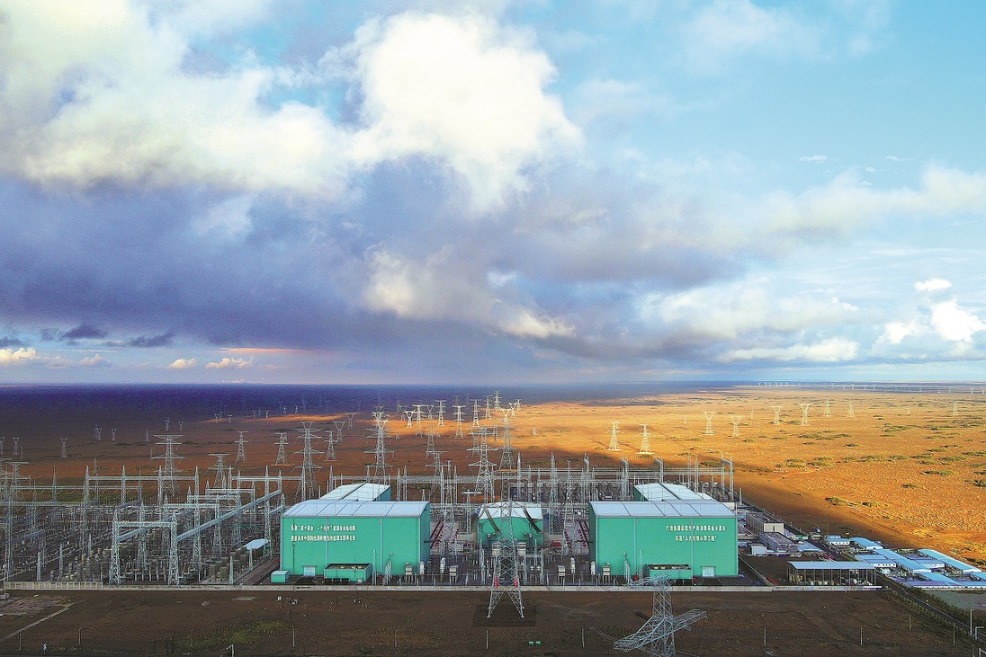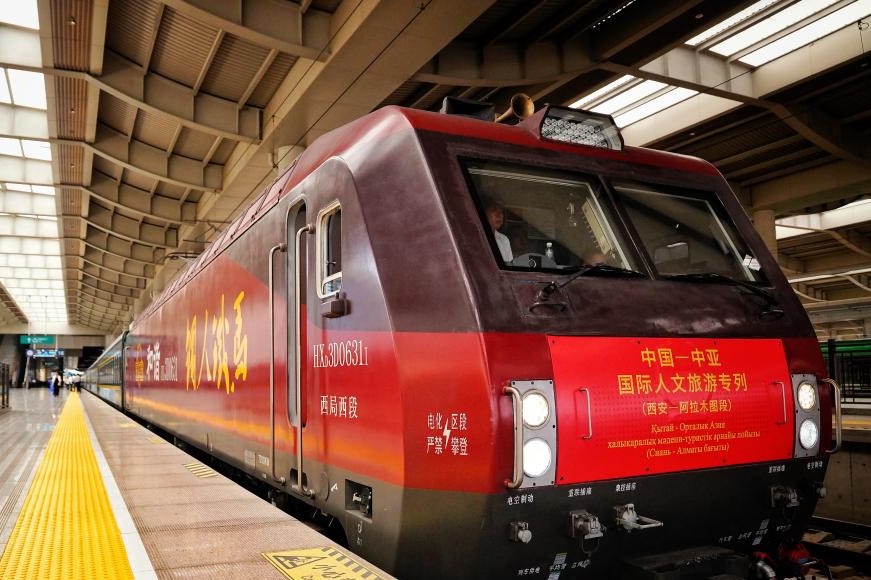Tianwen 2 mission to retrieve asteroid samples, explore comet
Project to develop key technologies, obtain data to study origins, evolution


Challenges ahead
According to Han, the Tianwen 2 probe carries 11 scientific instruments, including multispectral and medium-field color cameras, charged and neutral particle analyzers, a thermal radiation spectrometer and a laser integrated navigation sensor.
The planner also elaborated on major challenges that engineers expect for the mission.
"Based on current data, 2016 HO3 has an average diameter of approximately 41 meters and exists in a near-zero gravity environment. Additionally, the asteroid is in a permanent state of high-speed rotation. Considering these factors, the probe must complete stable anchoring and sampling within a very limited time frame under such complex conditions," he said.
Second, 2016 HO3 is about 18 million to 46 million kilometers from Earth, while 311P is approximately 150 million to 500 million km away, resulting in considerable communication delays. The long distance and extended mission duration also place high demands on orbital design, energy management, autonomous control and the life and reliability of the apparatus.
Third, there are a lot of uncertainties and unknown elements about the two targets, and this is likely to cause hazards for the mission, Han added.
To address uncertainties and maximize the possibility of obtaining samples, the Tianwen 2 will apply three distinct sampling modes — touch-and-go, hovering and anchor-and-attach, depending on actual situations and needs, according to Han.
The touch-and-go method is a rapid surface contact technique previously used in foreign asteroid missions. The hovering mode will involve extending the Tianwen 2's robotic arm from a set altitude above the asteroid's surface to collect material without landing. The anchor-and-attach method refers to conducting a brief landing on the asteroid to gather samples.
The Tianwen missions represent China's aspiration to explore other celestial bodies in the solar system beyond the moon.
The first in this series, Tianwen 1, was launched in July 2020, and it successfully touched down on Mars in May 2021. The probe deployed a rover named Zhurong to explore the Red Planet.
The Tianwen 3 is scheduled to be launched around 2028 to collect samples from Mars and bring them back.
























